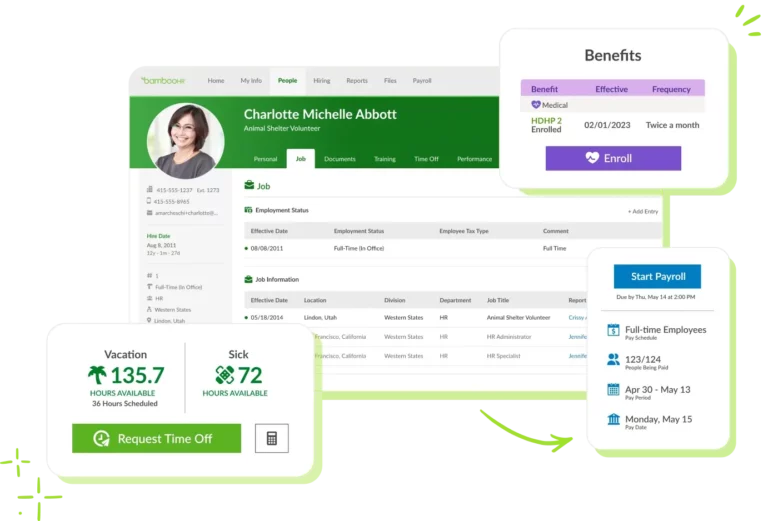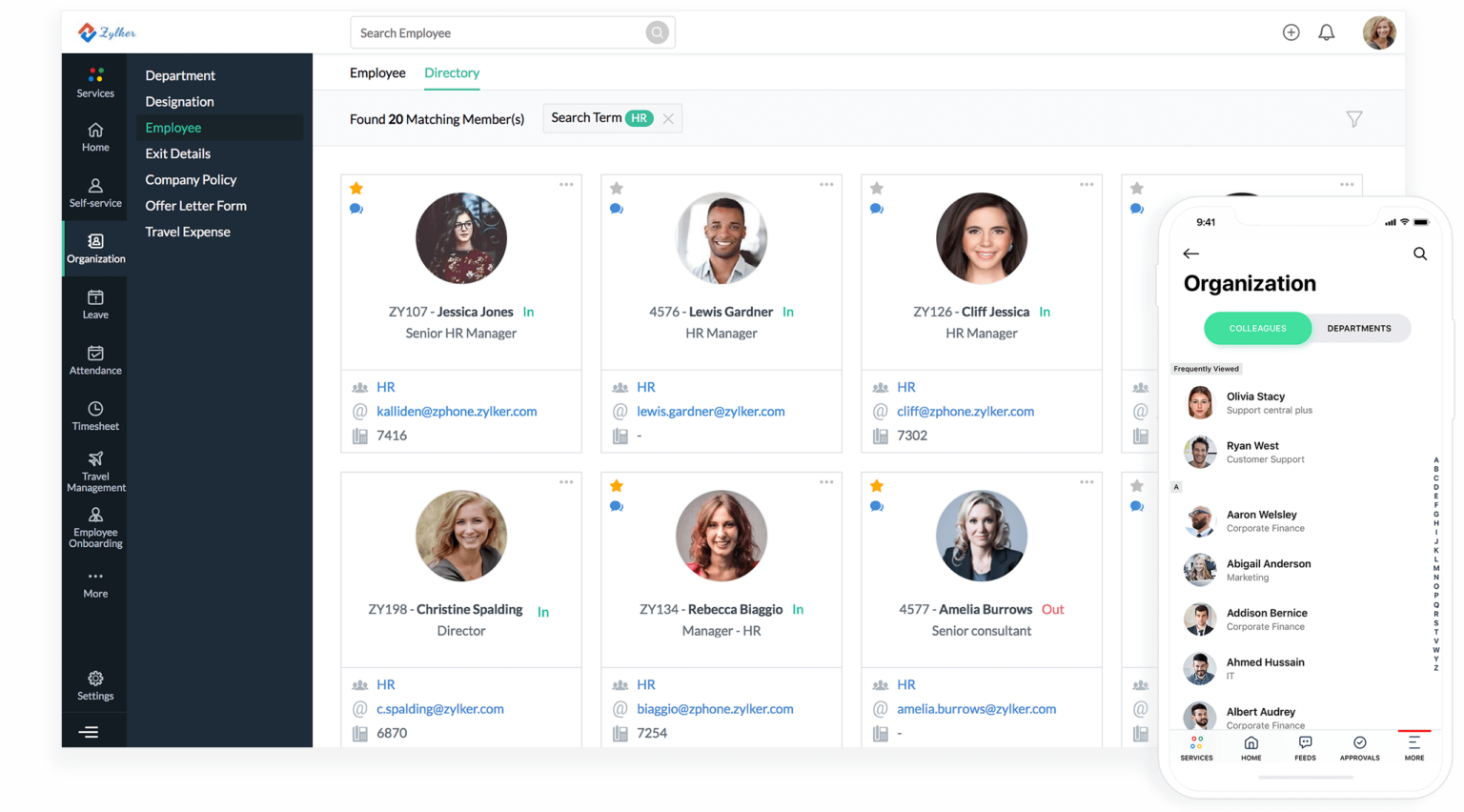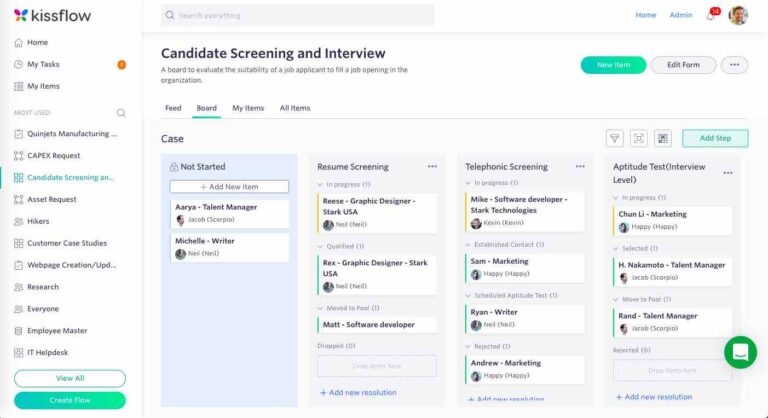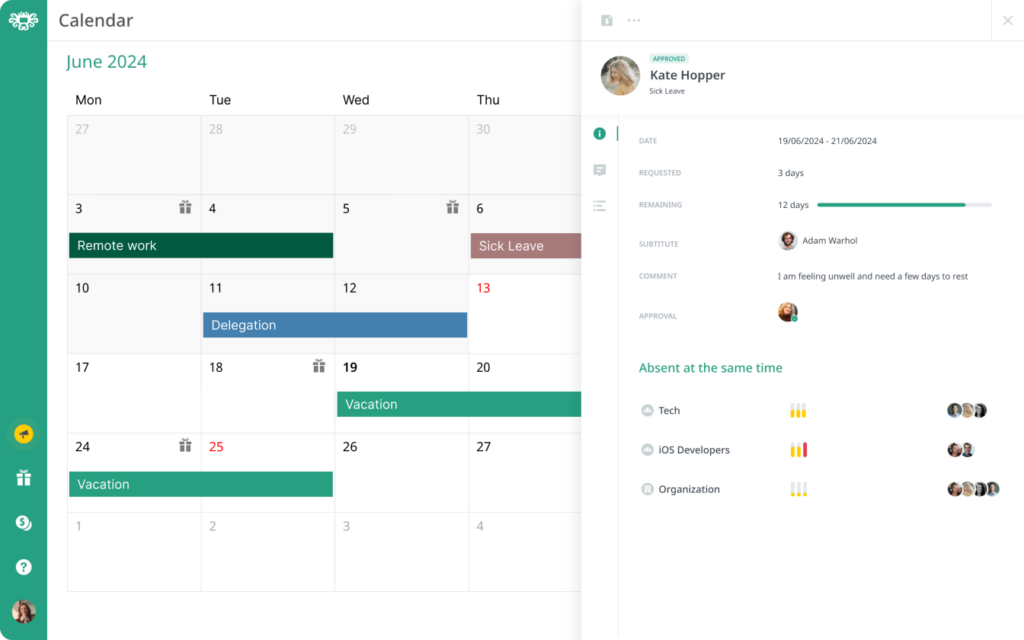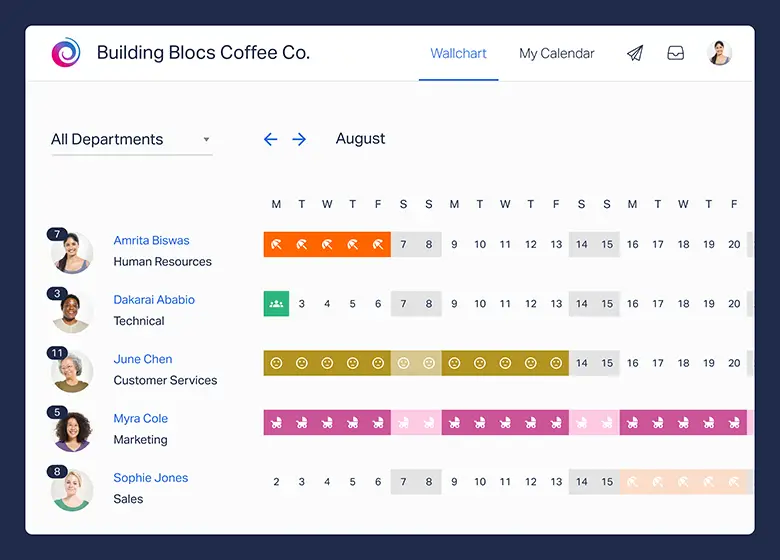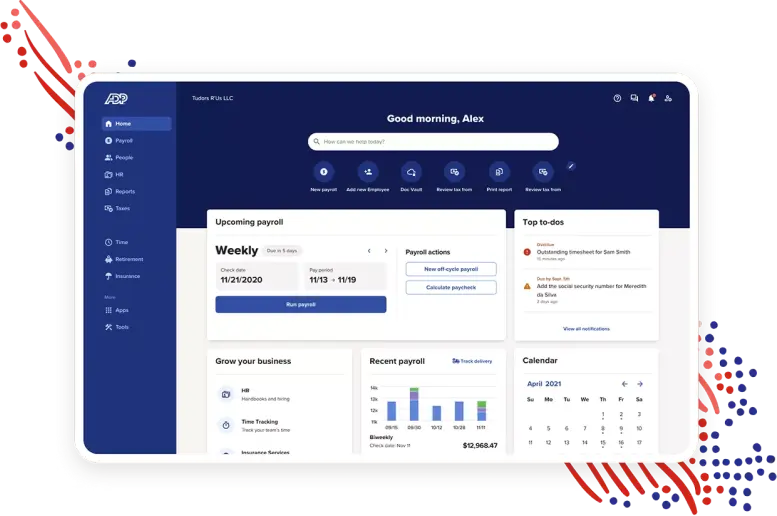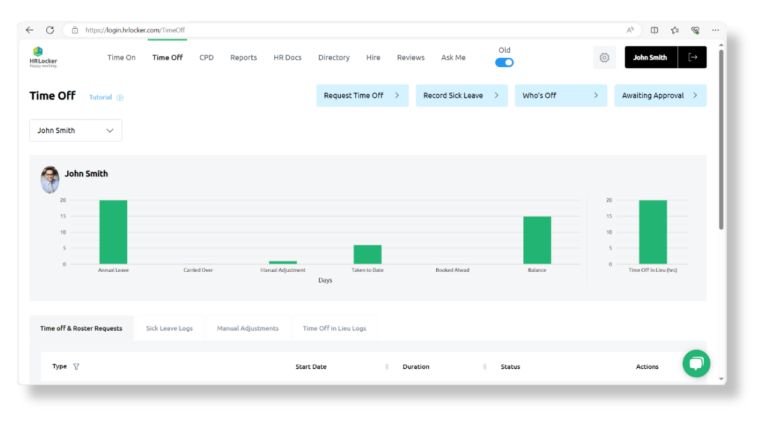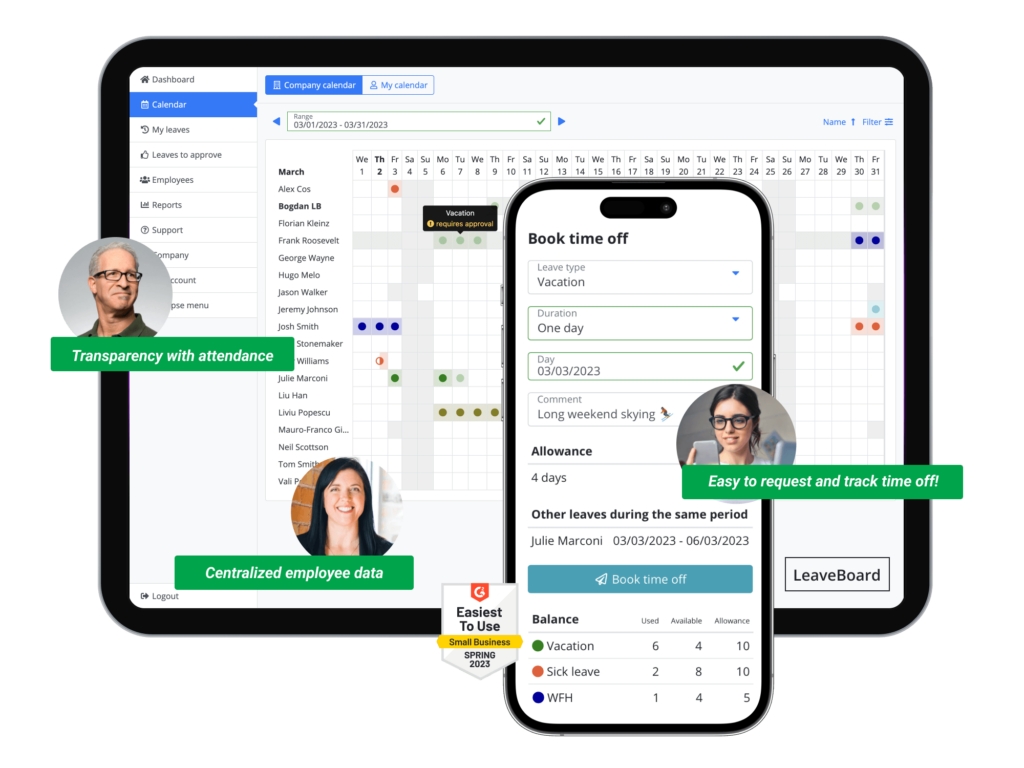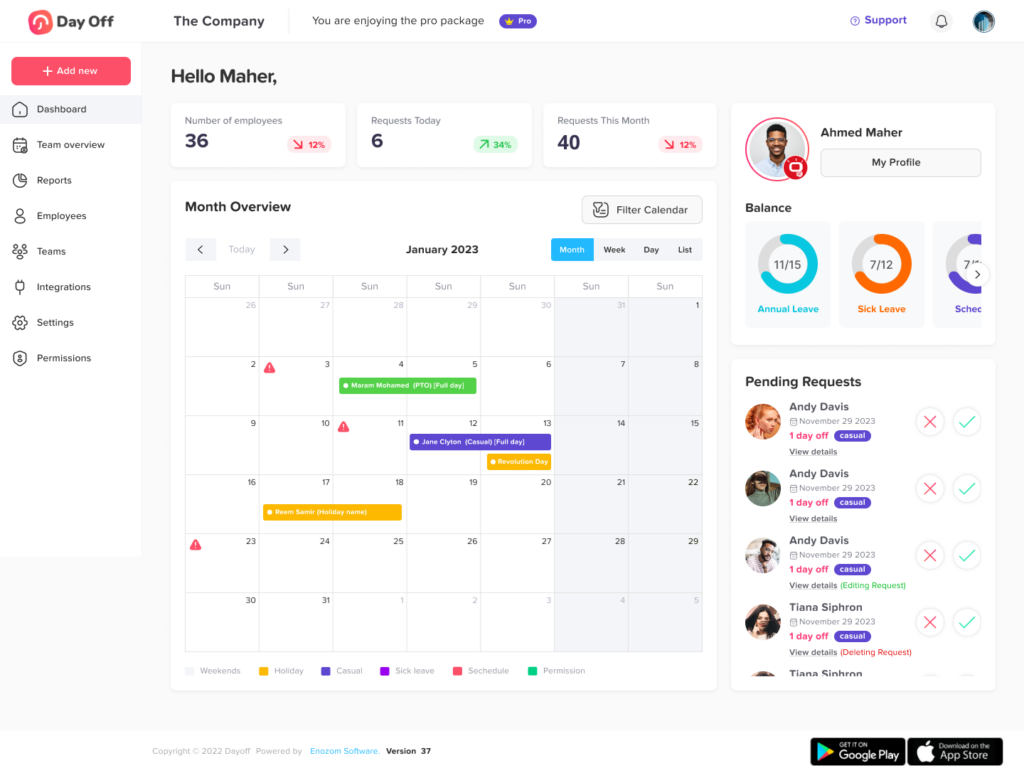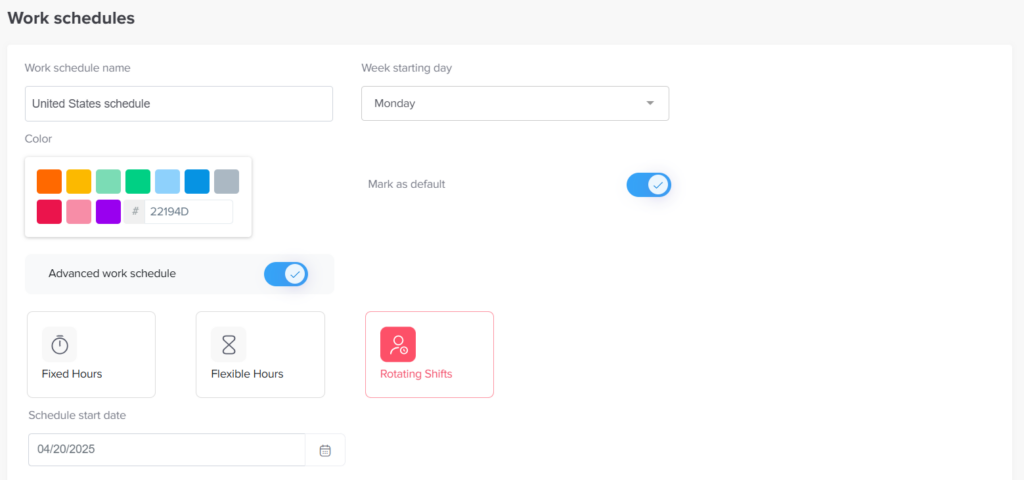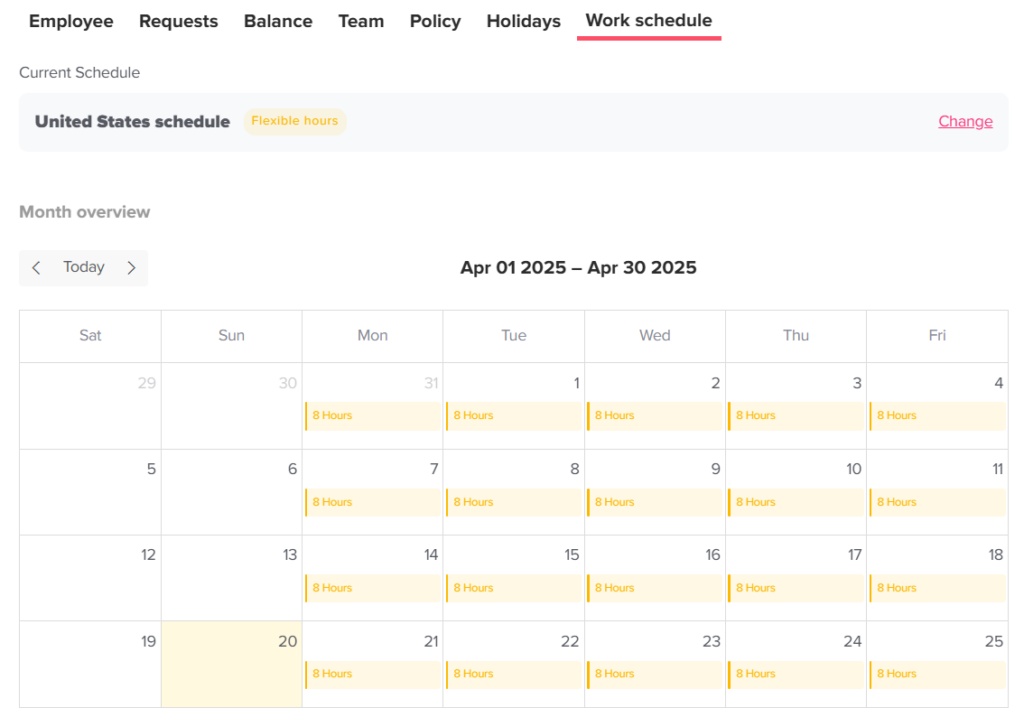In today’s fast-paced work environment, where burnout is increasingly common and employee satisfaction directly impacts productivity, understanding how to properly manage time off request is more important than ever. This comprehensive guide is designed for both employees seeking to understand their rights and responsibilities and employers or HR professionals looking to establish or refine their time off policies. From types of time off request and legal requirements to step-by-step submission processes and best practices, we’ve covered everything you need to manage time off effectively.
What is a Time Off Request?
A time off request is a formal communication made by an employee to their employer asking for permission to be absent from work for a specific period. These requests are often submitted in writing, via email, HR platforms, or dedicated request forms—and must be reviewed and approved by a manager or human resources department.
Time off can be for various reasons: vacation, illness, personal emergencies, family responsibilities, or mental health. In short, time off requests are essential for maintaining a healthy work-life balance, ensuring legal compliance, and supporting a positive workplace culture where employee needs are acknowledged and respected.
Types of Time Off: Deep Dive Into Each Category
Understanding the types of time off request available to employees can help avoid confusion and ensure requests are handled consistently and legally. Below is an extensive look at the most common categories:
Paid Time Off (PTO)
Paid Time Off (PTO) is a flexible benefit that combines several types of leave into one pool of hours. Employees can use PTO for any purpose, including vacation, illness, or personal days, without having to specify the reason.
Why it matters:
This flexibility helps reduce administrative burden and gives employees greater autonomy in managing their time. It’s especially appealing in modern work environments where employee empowerment and trust-based cultures are prioritized.
Important Tip for Employers:
To avoid abuse and misunderstandings, clearly define the accrual rate (e.g., 1.5 days per month), maximum rollover, and whether unused PTO is paid out upon resignation.
Vacation Leave
Vacation leave refers to pre-planned time away from work for rest, travel, or leisure. It’s typically earned based on tenure and is either granted in blocks or accrued over time.
Why it matters:
Regular vacation time is linked to higher job satisfaction, improved performance, and reduced burnout. Encouraging employees to actually take their vacation days, not just accumulate them, has been proven to increase creativity and workplace engagement.
Best Practice:
Implement blackout dates during critical business periods (like end-of-quarter) but offer planning flexibility outside those times.
Sick Leave
Sick leave allows employees to take time off request due to personal illness, injury, or to care for a sick family member. In many jurisdictions, sick leave is protected by law, especially for short-term illness, chronic conditions, or mental health care.
Why it matters:
When employees are allowed to recover properly without fear of penalty, they return healthier and more productive. Denying sick leave, or creating a culture where people feel pressured to work while unwell, can lead to higher turnover and lower morale, not to mention the risk of spreading illness.
Pro Tip for Employers:
Consider offering separate sick days rather than rolling them into PTO to avoid discouraging employees from using them appropriately.
Personal Leave
Personal leave is designed to offer flexibility for events that don’t fall neatly into other categories, such as legal appointments, moving, or attending religious events. It may be paid or unpaid, depending on company policy.
Why it matters:
A company’s willingness to accommodate personal leave sends a clear message: “We trust our people to manage their lives responsibly.” That builds loyalty and can significantly reduce presenteeism.
HR Insight:
Allowing 2–3 personal days per year can be a simple yet powerful perk to include in your benefits package.
Parental and Family Leave
Parental leave includes maternity, paternity, and adoption leave, while family leave may be used to care for an ill spouse, child, or parent.
Why it matters:
Companies that provide generous parental leave tend to attract and retain top talent, especially in industries with competitive hiring landscapes. It also supports gender equity in caregiving responsibilities.
Legal Framework:
In the U.S., eligible employees may take up to 12 weeks of unpaid family or medical leave under the Family and Medical Leave Act (FMLA). Some states and countries mandate paid parental leave, a growing global trend.
Bereavement Leave
Bereavement leave, or compassionate leave, allows employees to take time off to grieve and handle affairs after the death of a loved one.
Why it matters:
Grieving is deeply personal, and having the space to mourn can significantly affect long-term emotional well-being. Companies that treat this leave with compassion often see deeper employee loyalty in return.
Suggested Policy:
Offer at least 3–5 days of paid leave for immediate family, with flexibility for extended family or close friends.
Jury Duty and Civic Leave
Civic leave includes time off for jury duty, voting, or other legally mandated responsibilities. In many areas, employers must legally allow this time off, even if unpaid.
Why it matters:
Supporting civic duties shows respect for employees as citizens with societal responsibilities beyond work. It also keeps your company compliant with the law.
Unpaid Leave
Unpaid leave may be granted when employees need extended time off that goes beyond their available PTO, such as for education, international travel, long-term caregiving, or personal development.
Why it matters:
Offering this type of leave shows that the organization values personal growth and work-life balance, which can be a strategic retention tool, especially among younger employees.
How to Submit a Time Off Request: A Detailed Step-by-Step Guide
Following a clear, respectful, and well-prepared process when requesting time off significantly increases your chances of approval and minimizes disruptions to your team’s workflow. Let’s break down the process into key actionable steps:
Step 1: Understand the Policy Thoroughly
Before you submit a request, take the time to read and fully understand your organization’s leave policy. These policies are often detailed in employee handbooks, onboarding documents, or the HR portal.
You’ll want to check:
How much leave you’re entitled to (PTO, vacation, sick leave, etc.)
Types of leave offered and how each one is categorized or accrued
Notice period requirements, especially for planned leave like vacations
Rules for requesting time off during holidays or peak business periods
Documentation expectations, for example, if you’re taking medical leave, your employer may require a doctor’s note or other formal verification
Why this matters:
Understanding your policy helps avoid errors that could lead to delays, denials, or misunderstandings. It also shows respect for the company’s processes and demonstrates your responsibility as an employee.
Step 2: Plan Your Time Off in Advance
One of the most important factors that influence the outcome of a time off request is timing. The more notice you give, the better your chances of approval, especially during busy seasons or when your role is essential to daily operations.
Best practices include:
Submitting requests at least 2 to 4 weeks in advance for vacations or personal time
Giving more notice if you plan to take extended time off request or travel internationally
Avoiding critical business dates like product launches, end-of-quarter deadlines, or scheduled audits
Why this matters:
Planning ahead gives your manager ample time to adjust team workloads, coordinate coverage, or hire temporary help if needed. It also shows that you’re thinking beyond your own needs and considering the impact on your coworkers and team operations.
Step 3: Use the Appropriate Request Channel
Every organization has its own preferred method for submitting time off requests. Ignoring these protocols can slow down or complicate the approval process.
Common methods include:
HR management software like BambooHR, Zenefits, ADP Workforce Now, or UKG Pro
Internal forms on an intranet or employee self-service portal
Direct emails to your manager or HR, especially in smaller or less formal workplaces
Why this matters:
Using the designated system ensures your request is documented, timestamped, and automatically routed to the correct reviewer. It also creates a paper trail, which can be helpful in the event of scheduling conflicts, denials, or disputes.
Step 4: Be Transparent and Provide Key Information
When making your request, be clear, courteous, and complete. Managers need sufficient information to evaluate whether your absence can be approved without disrupting workflows or deadlines.
Include the following details:
Your desired dates and total number of days off
The type of leave (vacation, sick, bereavement, unpaid, etc.)
The reason for leave if it’s a requirement or if context will help (e.g., family emergency, religious observance)
Any preparations you’ve made, like delegating tasks, arranging handovers, or updating project timelines
Why this matters:
Transparency reduces back-and-forth communication and improves the likelihood of a positive response. It also builds trust and professionalism, showing that you’re not just asking for time off, you’re planning responsibly to minimize disruption.
Step 5: Confirm Approval and Follow Up If Needed
Once you’ve submitted your request, be patient, but don’t assume it’s approved until you receive a formal confirmation, either by email or through the HR system. If your manager doesn’t respond within the expected timeframe (usually a few business days), it’s appropriate to follow up politely.
Example follow-up message:
“Hi [Manager’s Name], just following up on my time off request submitted on [Date]. Please let me know if you need any additional info to finalize the approval. Thanks!”
Why this matters:
Professional follow-up ensures you’re not left in limbo and that your plans (like booking travel or attending an event) can proceed with confidence. It also shows that you respect your supervisor’s time while gently nudging the process forward.
Best Practices for Employers: Building a Healthy Time Off Culture
Employers and HR teams play a central role in shaping how time off is perceived and managed. When done right, a time off culture fosters employee well-being, operational efficiency, and legal compliance.
Here’s how to get it right:
Create and Communicate a Clear Leave Policy
A great time off policy should be comprehensive, transparent, and accessible to all employees. At minimum, it should cover:
Leave types and eligibility criteria
Accrual methods (e.g., monthly, yearly, anniversary-based)
How to submit requests and to whom
Lead times for planned leave and required documentation
Rules on leave carryover, expiration, and payout upon termination
What happens if multiple employees request the same days off
Dispute resolution procedures
Why this matters:
A clearly documented policy ensures consistency, reduces ambiguity, and protects the company from legal risk. It also sets employee expectations and encourages them to use their benefits wisely.
Use Technology to Streamline Leave Management
Modern HR platforms like Day Off, Gusto, Zenefits, BambooHR, and UKG Pro can automate everything from tracking balances and accruals to approving and denying leave requests.
Benefits include:
Real-time visibility into team availability
Automated conflict detection (e.g., multiple people off on the same day)
Integrated calendars and alerts
Easy-to-access leave history and balances for employees
Why this matters:
These tools eliminate paperwork, reduce human error, and free up HR teams to focus on more strategic tasks.
Ensure Fair and Consistent Approval Practices
Train managers to apply leave policies equally and without bias. Employees talk, so perceived favoritism or inconsistency can erode trust quickly.
Tips for consistency:
Use documented criteria for approval (e.g., seniority, first-come-first-served)
Keep records of all decisions
Provide clear reasons for denials, and offer alternative options if possible
Why this matters:
Fair treatment contributes to a sense of equity and morale. It also protects employers from accusations of discrimination or unfair labor practices.
Promote Planning and Open Communication
Encourage team members to coordinate leave plans early, particularly in departments with limited coverage. Use shared calendars or planning tools so everyone can see who’s off and when.
Why this matters:
Open communication helps managers balance workloads and avoid surprises. It also builds a collaborative culture where employees support each other’s time off without resentment.
Actively Encourage Employees to Take Time Off
Many employees feel guilty about taking leave, especially in high-pressure industries. Leaders should model healthy behavior by taking their own time off and encouraging their teams to do the same.
Ideas to encourage use:
Run PTO usage reports and nudge those with excessive unused days
Celebrate vacations and share positive stories
Create “no email” vacation policies to support real disconnection
Why this matters:
Rested employees are more productive, creative, and loyal. When time off is normalized, everyone benefits, from mental health improvements to lower burnout rates.
Common Challenges in Managing Time Off, And How to Solve Them
Even with great policies in place, real-world situations arise that require thoughtful handling.
Overlapping Requests
Problem: Multiple team members request the same dates off, creating potential coverage gaps.
Solution:
Use a first-come, first-served approach to create fairness
Implement a rotating holiday schedule to give everyone a fair shot
Cross-train employees so coverage can be shared
Why this matters:
Proactive planning avoids favoritism, prevents understaffing, and helps maintain team morale even during peak vacation periods.
Last-Minute or Emergency Leave
Problem: Unexpected emergencies require time off with minimal or no notice.
Solution:
Establish a separate emergency leave protocol
Allow for manager discretion in urgent situations
Balance compassion with coverage planning
Why this matters:
Employees face real-life challenges, deaths, illnesses, family emergencies. Flexibility during these times shows that your organization cares about its people, not just its bottom line.
Employee Burnout Due to Unused Leave
Problem: Employees don’t take time off, leading to exhaustion, errors, or disengagement.
Solution:
Track PTO usage and intervene when employees don’t take breaks
Educate staff on the importance of rest and recharge
Make it easy and rewarding to plan vacations
Why this matters:
Preventing burnout is better and more cost-effective, than replacing a disengaged employee. Regular time off improves creativity, focus, and satisfaction.
FAQ: Time Off Requests Your Questions Answered
What if multiple employees request the same days off?
When several employees request time off during the same period, especially around holidays, school breaks, or peak vacation seasonsit, can lead to scheduling conflicts and understaffed teams. In such cases, employers typically follow a fair and consistent prioritization method, such as:
First-come, first-served: Employees who submitted their request earliest may be granted leave first.
Business needs priority: Essential roles or critical projects may override time off approvals.
Rotational fairness: Some organizations rotate popular time slots (e.g., end-of-year holidays) to ensure everyone gets a fair chance over time.
Best practice:
Managers should communicate their decision-making criteria clearly and consistently to avoid perceptions of favoritism or unfairness. It’s also helpful to maintain a shared time-off calendar to help employees plan around each other.
Can employers ask why I’m taking time off?
Yes, but it depends on the type of leave and the company’s policy. Here’s a breakdown:
Vacation or personal days: You typically aren’t required to provide a reason. However, giving general context (e.g., “family trip”) can help managers plan around your absence more effectively.
Sick leave: Employers can ask whether your absence is due to illness and, in many cases, require a medical note if the leave exceeds a certain number of days.
FMLA or medical leave (in the U.S.): You’ll need to provide documentation to prove eligibility, but employers must follow strict privacy laws (like HIPAA) and cannot demand detailed medical diagnoses.
Bereavement or emergency leave: Reasonable verification (e.g., a funeral notice) may be requested but is typically handled with discretion.
Tip:
If your reason is sensitive or private, you can request to share it directly with HR rather than your immediate supervisor.
What happens if I get sick during my vacation?
Getting sick during vacation is unfortunate, but it happens, and some companies allow you to reclassify those vacation days as sick leave if certain conditions are met. Typically, this requires:
Timely notification to your manager or HR (ideally during the illness, not after your return)
Official medical documentation (e.g., a doctor’s note stating you were unfit for work)
Whether or not this is allowed depends on your company’s specific policy and local labor laws.
Why this matters:
Reclassifying days ensures you don’t lose valuable vacation time due to unforeseen illness. If your company doesn’t explicitly address this scenario in its policy, consider discussing it with HR.
Can I be penalized for taking too much time off?
Yes, if you exceed your available leave balance, take time off request without prior approval, or fail to follow company protocols, you may face disciplinary action. This can include:
Verbal or written warnings
Docked pay for unpaid absences
Denial of future leave requests
In extreme or repeated cases, termination of employment
However, disciplinary actions must be consistent, reasonable, and compliant with employment laws.
How to avoid this:
Track your leave balances regularly
Plan ahead and follow the submission process
Communicate clearly with your manager, especially in emergency situations
Note:
Employees covered under medical leave laws (like the FMLA in the U.S.) have legal protections when it comes to extended absences for qualifying reasons.
Conclusion: Making Time Off Work for Everyone
Effectively managing time off requests isn’t just about paperwork, it’s about fostering a healthy, productive, and respectful work culture. When employees understand the right process for requesting leave, and when employers support time off through clear policies, fair systems, and the right tools, everyone benefits. A well-rested team is a more engaged, loyal, and high-performing one.
Whether you’re an HR professional building a leave policy or an employee navigating the request process, open communication, thoughtful planning, and reliable leave management tools are key to success. Time off isn’t a disruption, it’s an investment in sustainable performance and workplace well-being.


